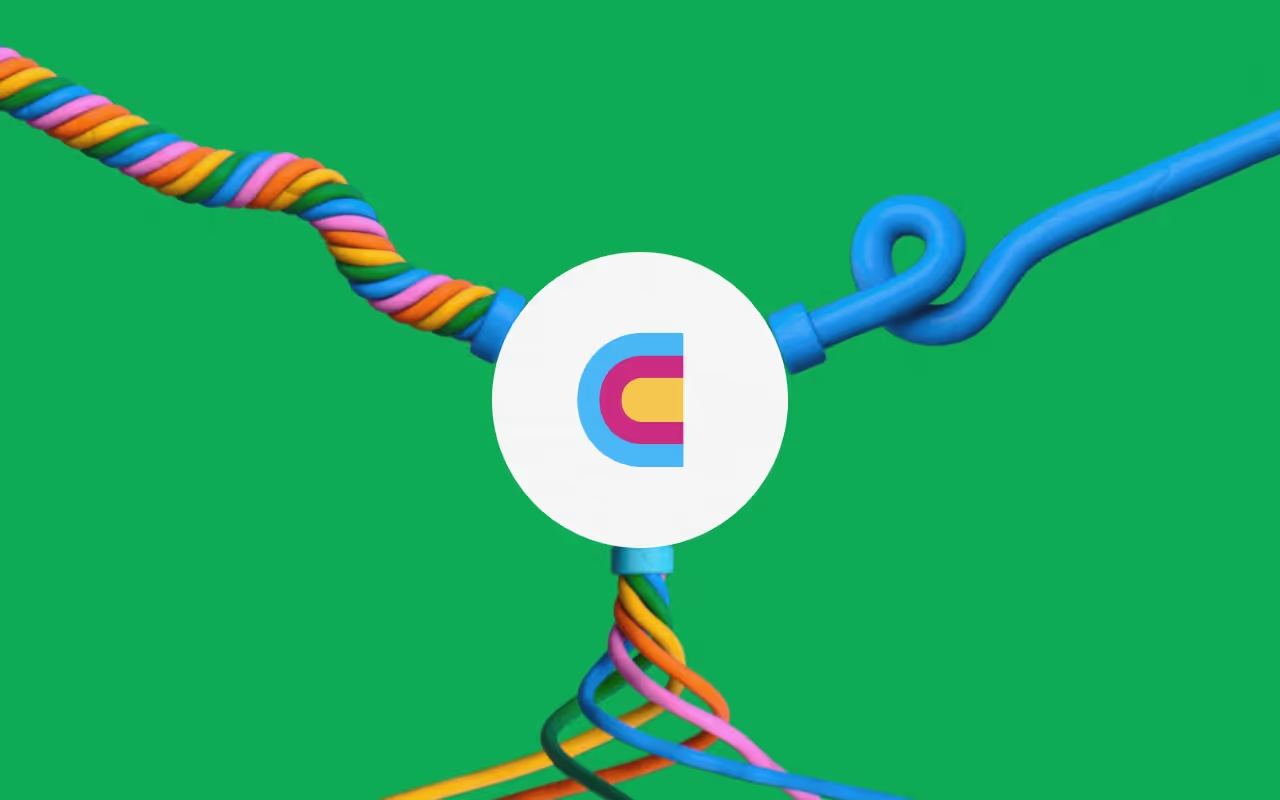Write personalized emails referencing your prospect's past blog posts, interviews, podcasts, or thought leadership
This workflow will enable you to:
- Find and scrape blogs, articles, interviews, podcasts, or any element of thought leadership from your prospects
- Generate personalized emails and LinkedIn messages that references this data
- Include AI snippets of former college traditions for even greater personalization
Learn with our resources
Check out Clay University, read our GTM blog, or try out our top templates to transform your growth ideas into outreach in minutes.
























